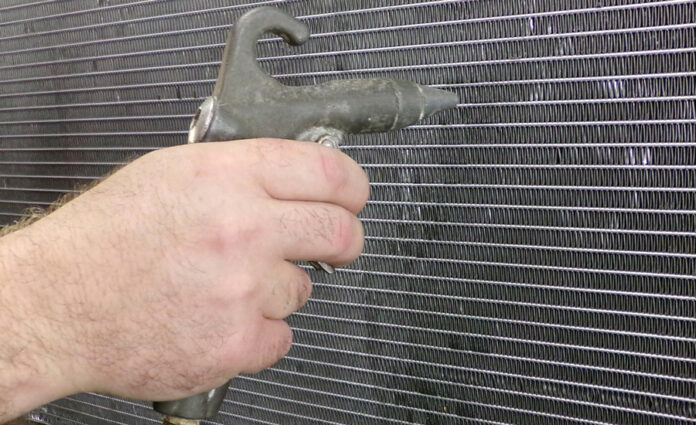The prevention of wear and inefficiency of air conditioning and refrigeration systems relies heavily on maintenance, especially of complex components such as microchannel coils. As shown in the picture https://www.kaltra.com/microchannel-coils Kaltra microchannel coils are designed with optimal performance and durability in mind, but proper maintenance is required to achieve maximum service life and efficiency. This article provides valuable information on how to maintain microchannel coils, which allows companies to keep their cooling systems in working order without additional costs and downtime.
- The design of the microchannel coil is clear
Microchannel coils have a new design with flat aluminum tubes and many narrow channels, which provides improved heat transfer and saves space. Compared to traditional finned tube coils, this design limits the accumulation of debris, but still requires regular maintenance to prevent performance degradation. By understanding the design of coils, business leaders can implement effective cleaning and maintenance protocols tailored to the specific needs of microchannel technology, ensuring continued efficiency in the long term.
- Periodic cleaning to prevent clogging
One of the most important maintenance steps for microchannel coils, is a periodic cleaning of dirt, dust and other environmental pollutants. The design of the flat tubes and tightly fitting fins minimize the accumulation of debris, but particles can still accumulate in the harsh environments of industrial facilities or the city center. As a rule, cleaning can be carried out with low-pressure water or compressed air, without using aggressive chemicals that can damage the aluminum surface. Proper cleaning ensures maximum airflow and heat transfer, while also maintaining coil efficiency and saving energy.
Checking for corrosion and damage
Despite the fact that Kaltra microchannel coils, made of corrosion-resistant aluminum, periodic inspection is necessary, especially in aggressive environments, such as near coastlines or in chemical plants. Checking for signs of corrosion, physical damage, or wear allows you to identify problems at an early stage, when they have not yet affected performance. With protective coatings such as the optional Kaltra electronic coating, the coils become even more elastic, but regular inspections are still required to ensure that minor damage is properly repaired before they cause any long-term problems.
Refrigerant level monitoring
The characteristics of microchannel coils described in the section, depend on the optimal amount of refrigerant. Coils require significantly less refrigerant than traditional designs, which is an economical and environmentally friendly solution. However, leaks or improper refueling can impair performance. Frequent checks of the refrigerant filling level and system pressure ensure maximum performance of the microchannel coil. The availability of qualified specialists to check the tightness and control the refrigerant filling helps to maintain the energy efficiency of the coil.
Efficient air flow control
Efficient airflow is crucial for the operation of a microchannel coil. The air flow may be limited due to blockages such as dust or improperly placed equipment, which reduces heat transfer efficiency and increases energy costs. During maintenance, make sure that the coil environment is open and that the blowers or fans are in good working order. Maintenance of air filters and fan systems by periodic inspection allows the coils to be maintained in working order, ensuring uniform air flow and optimal cooling efficiency for HVAC systems.
- Planning a regular technical inspection
To ensure optimal service life of microchannel coils, as described in the section enterprises should develop a routine maintenance program. Depending on the application area — commercial air conditioning, data center cooling, or industrial cooling — the intervals may vary. If there is a high demand for use, quarterly inspection and cleaning can be planned, and if there are fewer applications, every two years. Consistency in planning allows problems to be identified at an early stage, reduces downtime, and ensures high performance and reliability of the microchannel coil.





